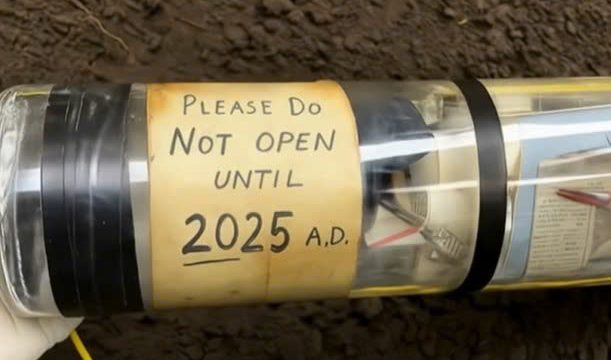A devastating tragedy in Montreal has left an entire community in shock after 14-year-old Blessing Claude Moukoko drowned during a high school swimming class, remaining unnoticed at the bottom of the pool for an estimated 38 minutes. The incident took place on February 15 at the Centre Père-Marquette, where the eighth-grade student was participating in a scheduled swimming lesson as part of his school’s curriculum.

According to reports, no one realized he was missing until the class had ended and his classmates spotted his body submerged in the deep end of the pool. Staff members rushed to pull him out of the water and immediately began administering CPR while waiting for emergency responders to arrive. Paramedics transported him to Maisonneuve-Rosemont Hospital, but the prolonged lack of oxygen had already caused catastrophic brain damage. Despite the tireless efforts of medical teams, Blessing never regained consciousness and passed away six days later, leaving his family, friends, and school community heartbroken. Months after the incident, a coroner’s investigation was released, offering critical insight into what went wrong and calling for significant reforms in how swimming is taught in schools.
The report concluded that water safety—not just swimming technique—should be the central focus of all aquatic instruction. While learning strokes and swimming skills is important, the coroner stressed that students must also be equipped with the knowledge to recognize when someone is in distress, respond quickly in emergencies, and take preventative measures to avoid dangerous situations in the first place. The investigation also emphasized the urgent need for schools to ensure they have the proper resources, supervision, and training to keep every participant safe during water-based activities. This tragic loss has ignited widespread discussions across Montreal about the adequacy of current safety measures in school swimming programs.
Parents, educators, and community members are questioning how such an incident could occur in a supervised setting, and whether staffing levels, lifeguard presence, and teacher training meet the necessary standards to protect students. Many have pointed out that drowning can happen silently and quickly, making constant vigilance an absolute necessity. Montreal Mayor Valérie Plante spoke publicly about the heartbreaking nature of the incident, expressing compassion for everyone affected, including the teacher who was present at the time.
“It just breaks my heart,” she said. “It’s hard for me to think about this teacher who was there when it happened. It’s just terrible. So let’s make sure that our kids know how to behave in water, and let’s make sure school boards have enough resources to ensure everyone’s safety.” Her remarks echoed the coroner’s recommendations, underlining that drowning prevention education, along with strong oversight, should be a top priority for all schools. Safety advocates are now pushing for concrete changes to prevent similar tragedies in the future.
Suggestions include increasing the number of trained lifeguards during school swimming sessions, implementing mandatory water safety and rescue training for teachers, ensuring smaller student-to-supervisor ratios, and incorporating drowning prevention lessons into physical education programs. Many also argue that safety drills should be conducted regularly so students and staff know how to react immediately if someone is in trouble. For Blessing’s loved ones, the grief is immeasurable. Those who knew him describe a bright, kind, and joyful young man whose presence lit up every room. His sudden and preventable death has left an irreplaceable void, but his family and supporters are determined to honor his memory by advocating for stronger protections in all school swimming programs.
Vigils have been held in his name, and community members continue to rally around his family, offering support and calling for meaningful reform. This tragedy serves as a painful reminder that drowning can occur even in controlled environments and that safety should never be taken for granted. The hope is that Blessing’s story will lead to real, lasting changes that safeguard students and prevent other families from enduring such profound loss. While nothing can undo what happened on that February day, ensuring stricter protocols, better training, and an unwavering commitment to water safety could be the legacy that emerges from this heartbreaking event.





